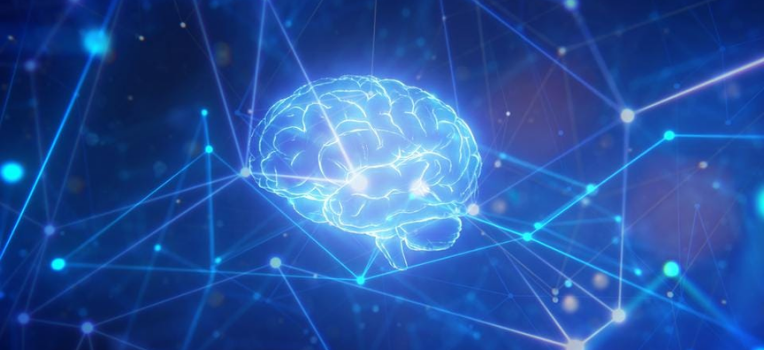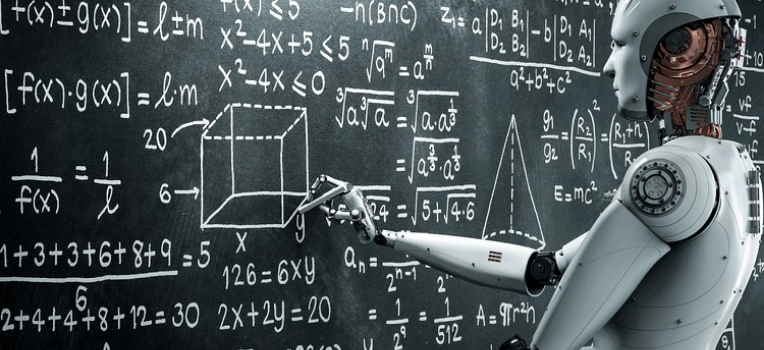general
Differences Between AI, ML & Deep Learning
Published On
4 minutes to read
Many businesses choose cloud computation, and data science is becoming more prevalent. In this scenario, learning about artificial intelligence, machine learning, and deep learning is more crucial than ever. Despite being similar, they have differences.
What Is Artificial Intelligence?
Humans have had an obsession with automation since the start of technology adoption. We have been thinking about this ever since Alan Turing asked, “can machines think?” in 1950. AI became an academic discipline in 1956. Artificial Intelligence or AI helps machines think without any human intervention.
AI is a broad area of computer science that enables machines to make decisions without any human intervention. It’s not just programming computers to drive a car and stop at signals but also learning about the signs of road rage and other human signs.
AIs are classified based on their ability to imitate human behaviors, hardware, and real-world applications. There are three kinds of AI: ANI (Artificial Narrow Intelligence), AGI (Artificial General Intelligence), and ASI (Artificial Super Intelligence).
ANI: Artificial Narrow Intelligence
Artificial Narrow Intelligence (ANI) or weak AI is the only form of AI we have today. ANIs are not conscious or driven by emotions like humans. Narrow AI is goal-oriented and excellent at performing a single programmed task. They use information from datasets and do not perform any tasks outside their program. Some ANI examples are Siri, Airplane autopilots, and self-driving cars.
AGI: Artificial General Intelligence
Artificial General Intelligence (AGI), or strong AI, is a concept when devices act intelligently. With this technology, machines can perform, learn, and understand situations exactly like humans. This does not currently exist but has been used in sci-fi movies.
When we use strong AI, we can build machines that think, strategize, and perform various tasks. They can use their previous knowledge to develop innovative, creative, and unconventional solutions.
ASI: Artificial Super Intelligence
Artificial Super Intelligence (ASI) is a concept where machines display intelligence that surpasses humans. This kind of AI will have a significant impact on humans, and experts believe it may lead to the extinction of the human race. Machines will also have superior decision-making and problem-solving capabilities. An example of this is Arnold Schwarzenegger’s “The Terminator.”
 Source: canva.com, bernardmarr.com, iberdrola.com
Source: canva.com, bernardmarr.com, iberdrola.com
What is Machine Learning?
Machine learning uses statistical learning algorithms to develop systems that use experiences and data to learn and improve. It doesn’t have to be explicitly programmed. Examples of real-world machine learning applications are Amazon Alexa, Google, Google Home, Netflix, Spotify, Yahoo, and Youtube.
The algorithm is trained with data, allowing it to learn and predict the user’s movements. The three subsets of machine learning are Supervised, Unsupervised, And Reinforcement learning.
What Is Deep Learning?
Deep learning systems help machines filter data through layers to predict and classify information. Inspired by the human brain, it has uses in many applications that people regularly use. It is the key technology behind driverless cars. Deep learning helps cars recognize stop signs and differentiate pedestrians from lamp posts.
It uses neural network architectures with many parameters and layers. Deep learning falls into three types – Convolutional Neural Networks, Recurrent Neural Networks, and Recursive Neural Networks.
The Takeaway
Artificial Intelligence is all about making machines “smart.” Machine learning is a concept that machines can learn without human help. It promotes the device to find a solution on its own, using the relevant data. Early AI systems used pattern matching and expert systems when compared to the latest machine learning technology and AI.
Deep learning, on the other hand, is an artificial intelligence breakthrough. It can achieve impressive results with sufficient data, especially image recognition and text translation. This is because feature extraction is automated in the various neural network layers.




